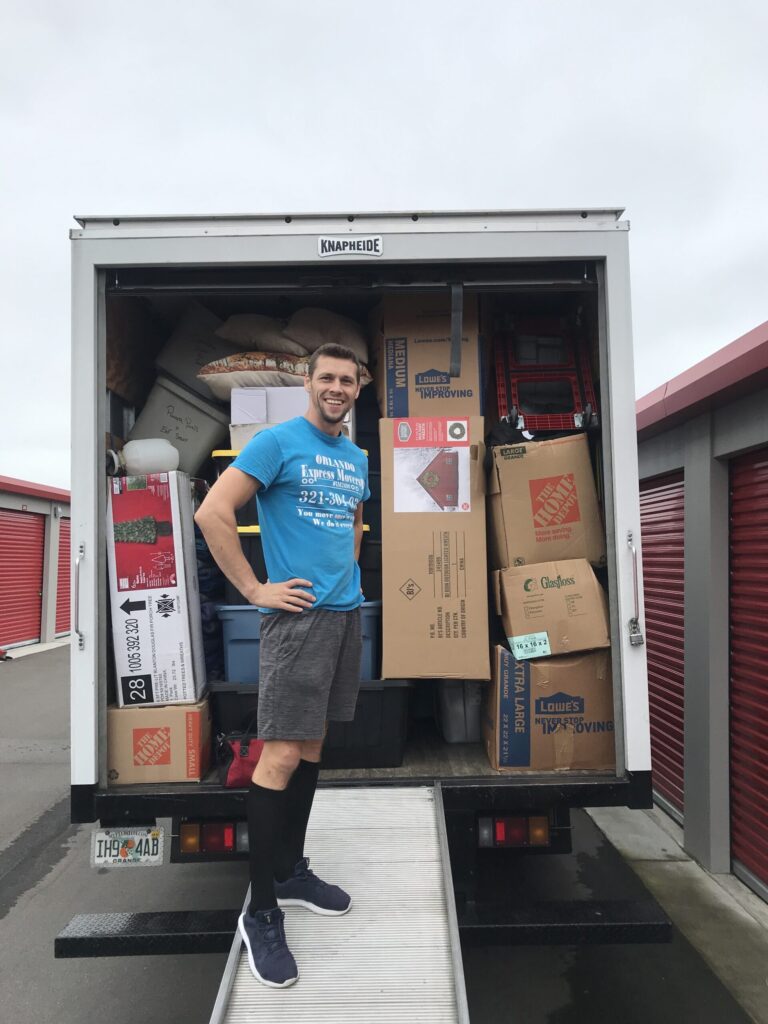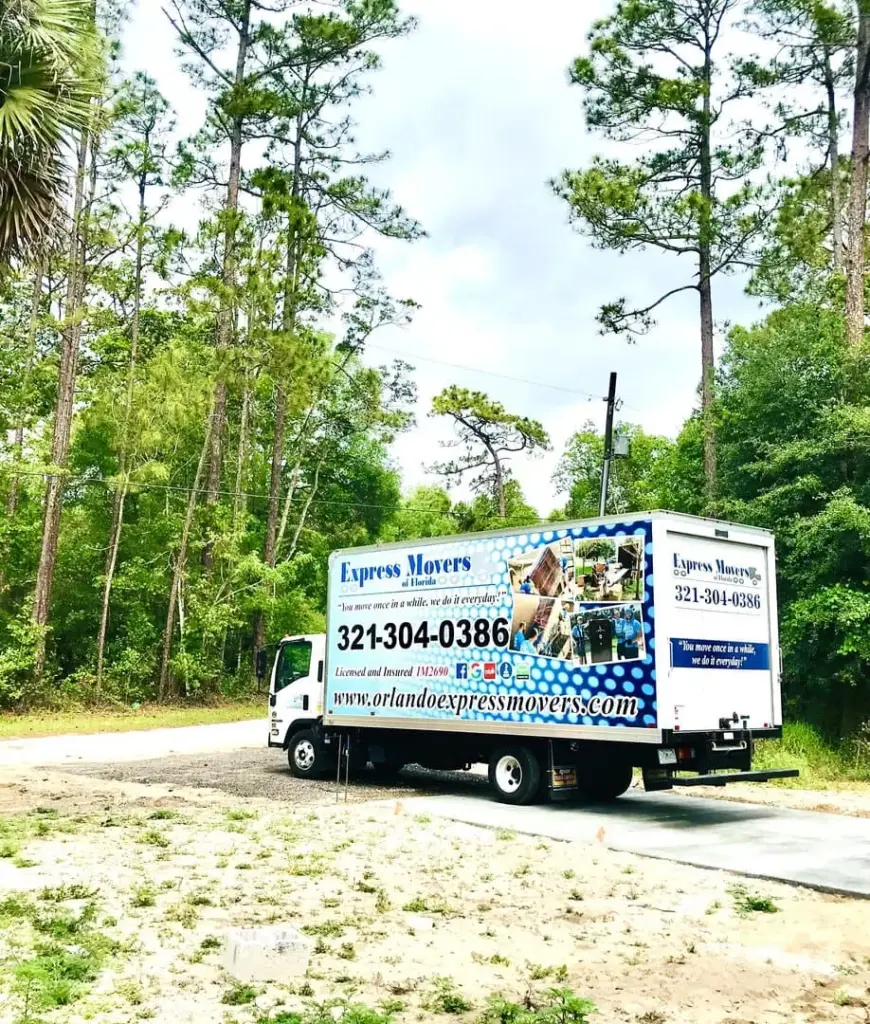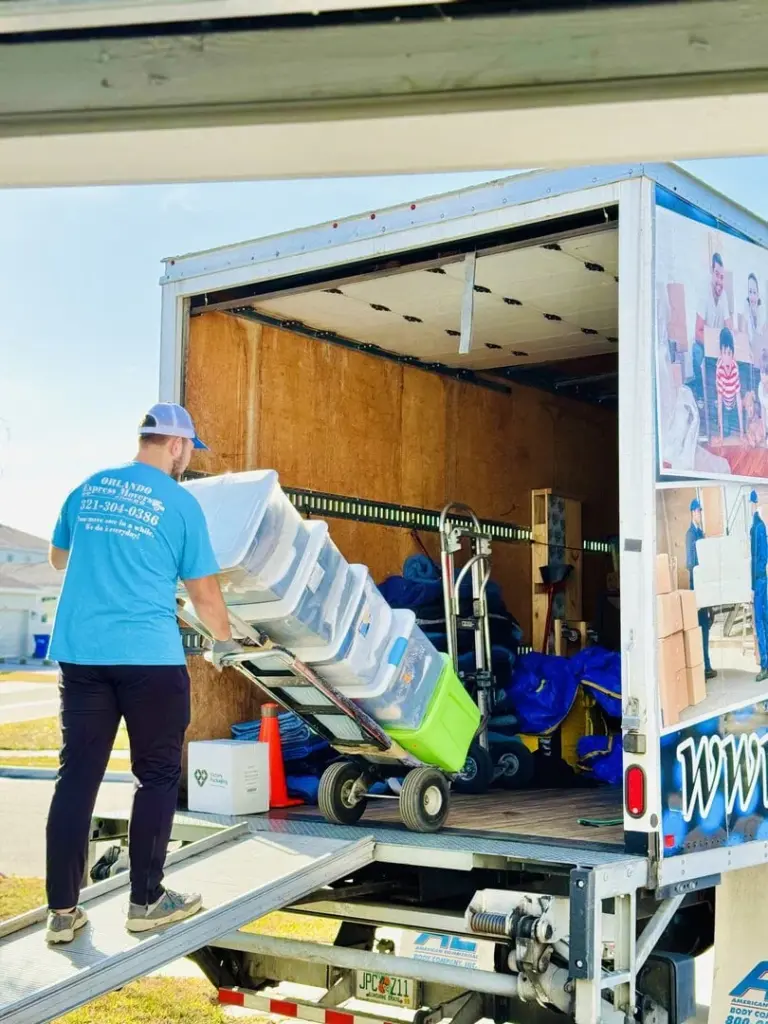Moving after living in the same home for 20, 30, or even 40 years is one of life’s most significant transitions. For seniors relocating in retirement, whether downsizing to a smaller home, moving closer to family, or transitioning to a retirement community, the emotional and physical challenges can feel overwhelming.
Unlike typical moves, senior relocations involve not just changing addresses but often letting go of decades of memories, adjusting to a dramatically different living space, and navigating complex decisions about a lifetime’s worth of belongings.
Here’s what you need to know to make senior relocation as smooth and stress-free as possible.
Understanding the Unique Challenges of Senior Moves
Senior relocations differ from standard moves in important ways that require special consideration and sensitivity.
Emotional Complexity: Leaving a long-term home isn’t just about moving possessions. It’s leaving behind memories of raising children, celebrating holidays, and building a life. This emotional weight requires time, patience, and understanding.
Physical Limitations: Many seniors face mobility challenges, health conditions, or stamina limitations that make the physical demands of moving difficult or impossible to handle alone. Tasks like sorting through closets, lifting boxes, or climbing stairs can be exhausting or dangerous.
Downsizing Decisions: Moving from a 2,500 square foot home to a 1,200 square foot apartment means making difficult choices about what to keep, what to pass down to family, and what to let go. These decisions often involve items with deep sentimental value.
Coordination Needs: Senior moves often involve multiple family members, healthcare providers, financial advisors, and facility coordinators. Managing these relationships while handling logistics requires organization and clear communication.

Planning Timeline: Start at Least 3 Months Ahead
Unlike a typical move that might be planned in 4-6 weeks, senior relocations benefit from a longer timeline.
3 Months Before:
- Measure the new living space and create a floor plan
- Begin sorting belongings room by room
- Research moving companies experienced with senior relocations
- Start conversations with family about heirlooms
- If moving to a facility, understand what’s provided vs. what you need
2 Months Before:
- Make decisions about furniture (what fits, what’s needed)
- Begin distributing family heirlooms
- Schedule estate sale or arrange donations
- Book your moving company
- Start notifying important contacts (doctors, banks, insurance)
1 Month Before:
- Finalize packing of items you’re keeping
- Complete change of address
- Transfer prescriptions to new pharmacy
- Arrange utilities at new location
Moving Week:
- Confirm all arrangements with movers
- Do final walkthrough of old home
- Ensure new home is ready
- Have support person present on moving day
Downsizing: Making Difficult Decisions Easier
The hardest part of senior relocation is often deciding what to keep when moving to a much smaller space.
The Reality Check:
If you’re moving from a large family home to a retirement apartment, you might be going from 2,500 square feet to 800-1,200 square feet. That means keeping roughly one-third of your belongings at most.
Category-by-Category Approach:
Furniture: Measure your new space carefully and be realistic. That king bed won’t fit in a small bedroom. Focus on comfort and function over sentimentality.
Kitchen Items: Retirement communities often have smaller kitchens or kitchenettes. Keep one set of dishes (service for 4-6), essential cookware, and your most-used appliances.
Clothing: Smaller closets mean tough choices. Keep what you actually wear regularly, accounting for Florida’s climate. Donate formal wear you’ll rarely need.
Photos and Memorabilia: Consider digitizing photos, creating memory books, or selecting representative items rather than keeping everything. Pass meaningful items to family members who’ll treasure them.
Books and Collections: Keep favorites that bring joy, but be honest about what you’ll realistically use. Donate books to libraries or give collections to interested family members.
The “Three Box” Method:
For each room, use three categories:
- Definitely Keep: Essential items you use regularly or bring genuine joy
- Family/Donate: Items in good condition that others would value
- Dispose: Broken, outdated, or unusable items
When uncertain, ask: “Will I use this in the next year?” If no, it shouldn’t take up precious space in your new home.

Involving Family Members Productively
Family involvement can make senior moves easier or more stressful. Here’s how to keep it productive.
Establish Clear Roles: One family member should act as the primary coordinator. Too many decision-makers creates confusion and conflict.
Schedule Family Sorting Sessions: Set specific times for family members to go through items, especially heirlooms. This prevents conflicts and ensures everyone has a chance to take meaningful items.
Manage Expectations: Adult children often have romanticized memories of family items but no actual space for them. Be honest about what you’re willing to store.
Recognize Emotional Needs: Allow time for your senior family member to process emotions. Rushing decisions or dismissing attachments can cause unnecessary stress and resentment.
Hire Help When Needed: If family dynamics are complicated or no one lives nearby, consider hiring a senior move manager who specializes in helping older adults through relocation.
Special Considerations for Assisted Living and Memory Care Moves
Moving to a care facility involves unique considerations beyond standard downsizing.
What’s Typically Provided:
Most assisted living facilities provide bed and basic bedroom furniture, window treatments, basic lighting, and emergency call systems.
What You Should Bring:
- Favorite comfortable chair
- Personal bedding and pillows
- Familiar photographs and artwork
- Television and small personal electronics
- Clothing appropriate for Florida climate
- Personal care items
- Small decorative items that create a sense of home
Space Constraints:
Most facility rooms range from 300-500 square feet. You’re typically allowed minimal furniture: perhaps a recliner, small dresser, and nightstand. Everything must fit comfortably without creating safety hazards.
Safety Requirements:
Facilities often have restrictions on candles or open flames, extension cords, space heaters, certain types of furniture that could cause falls, and items that obstruct walkways. Check with the facility before moving.
Making the New Space Feel Like Home
The transition to a new living space is easier when it immediately feels familiar and comfortable.
Set Up Key Areas First: Prioritize bedroom setup so your loved one can rest comfortably the first night. Arrange familiar photos, hang favorite artwork, and organize personal items in easily accessible locations.
Recreate Familiar Elements: If possible, arrange furniture similarly to the old home. Place the favorite chair by the window if that was the routine. Use the same bedspread.
Keep Daily Routines: Maintain regular routines as much as possible: morning coffee ritual, reading spot, TV watching schedule. Familiarity in routine helps offset the strangeness of a new environment.
Personalize Immediately: Don’t wait to hang photos or place meaningful objects. The new space should feel personal from day one, not like a temporary hotel room.
Orlando-Specific Resources for Seniors
Central Florida offers excellent resources for seniors relocating to the area.
Senior Communities: Orlando and surrounding areas offer numerous retirement communities, from active adult 55+ neighborhoods to full-service continuing care facilities. Popular areas include Winter Park, Lake Mary, Clermont, and The Villages (about an hour north).
Healthcare Access: Orlando has excellent healthcare facilities including AdventHealth, Orlando Health, and numerous specialty clinics. Many retirement communities have relationships with local healthcare providers.
Climate Considerations: Florida’s climate is generally easier for seniors with arthritis or mobility issues: no snow to navigate, no icy sidewalks. However, humidity and heat require adjustment. Ensure new housing has good air conditioning.
Activities and Engagement: Orlando offers countless senior-friendly activities: beautiful parks, cultural events, senior centers, places of worship, and volunteer opportunities.
Questions to Ask When Hiring Senior Moving Services
Not all moving companies have experience with senior relocations. Ask these questions:
About Experience:
- How many senior moves do you handle annually?
- Do you offer packing services for seniors who can’t pack themselves?
- Can you work with family members coordinating from out of state?
About Services:
- Do you provide unpacking and room setup?
- Can you help arrange furniture according to a floor plan?
- Do you dispose of packing materials after the move?
- Can you coordinate with the new facility’s move-in requirements?
About Care:
- How do you ensure the safety of seniors during the moving process?
- Are your crews trained in patience and sensitivity for senior clients?
- Can moves be scheduled to minimize disruption to the senior’s routine?
The Emotional Side: Supporting Mental Wellbeing
The logistics of moving are manageable but the emotional transition requires more attention.
Acknowledge the Loss: Moving from a long-term home involves grief. Allow time for sadness, reminiscing, and saying goodbye. Don’t rush through emotions or dismiss them.
Focus on Gains, Not Just Losses: Yes, the new space is smaller, but it’s also easier to maintain. Yes, you’re leaving a neighborhood, but you might be closer to family or have more social opportunities.
Stay Connected: If moving to a facility, encourage family visits, phone calls, and maintaining friendships from the old neighborhood. Social connection eases transition stress.
Be Patient: Adjustment takes time, often 3-6 months before a new place truly feels like home. Expect good days and difficult days.
Watch for Warning Signs: While adjustment challenges are normal, watch for signs of depression: persistent sadness, appetite changes, sleep disturbances, withdrawal from activities. If these persist beyond a few weeks, consult with a healthcare provider.
How Orlando Express Movers Supports Senior Relocations
We understand that senior moves require extra care, patience, and sensitivity. Our team has extensive experience helping Central Florida seniors through this important transition.
Our Senior-Focused Services:
- Flexible scheduling that accommodates medical appointments and facility requirements
- Patient, respectful crews trained in working with seniors
- Full packing services for those unable to pack themselves
- Careful handling of precious heirlooms and sentimental items
- Unpacking and setup services to make your new space immediately livable
- Coordination with family members and facility staff
- Clear, detailed communication throughout the process
We’ve helped hundreds of Orlando-area seniors move to retirement communities, downsize to smaller homes, and relocate closer to family. We know this is more than just a move: it’s a major life transition that deserves care and respect.

Ready to Plan Your Senior Relocation?
Whether you’re helping a parent, planning your own retirement move, or coordinating a transition to assisted living, Orlando Express Movers is here to help make the process as smooth and stress-free as possible.
Contact Orlando Express Movers today for a free consultation. We’ll discuss your specific needs, timeline, and any special considerations to create a moving plan that works for your situation.
Call us to learn how we can make your senior relocation in Central Florida easier, safer, and more comfortable.
